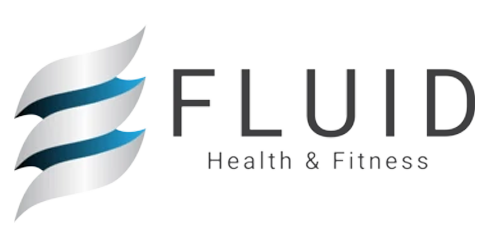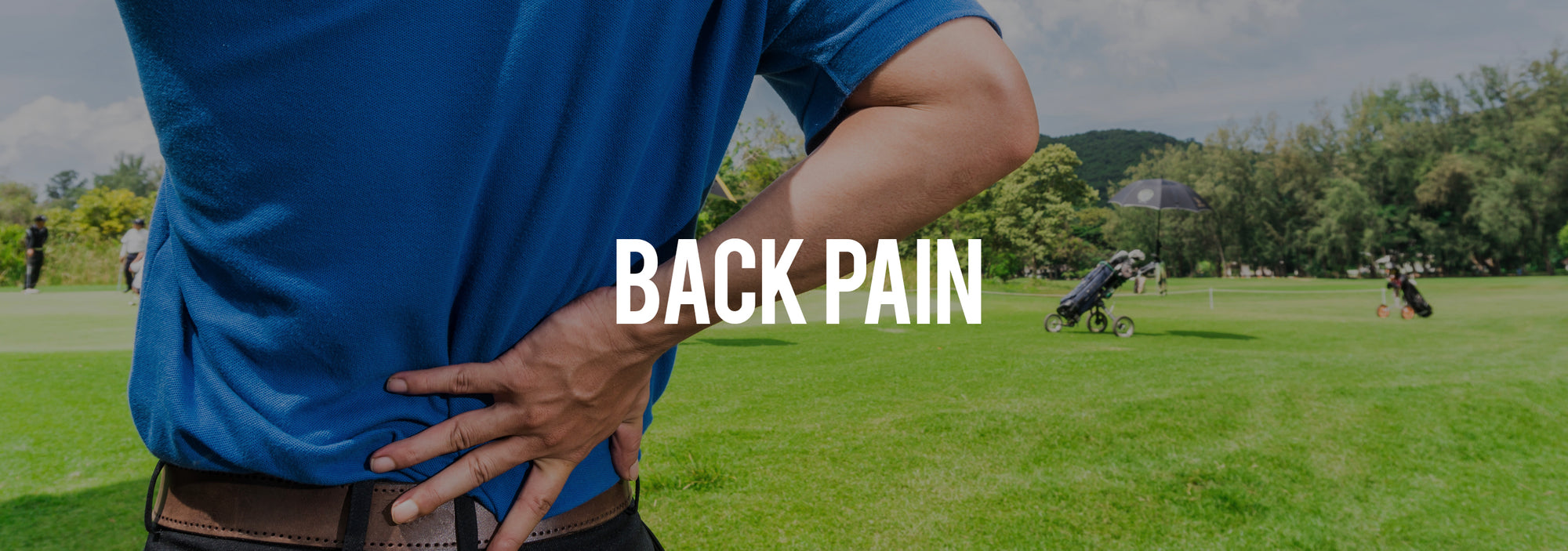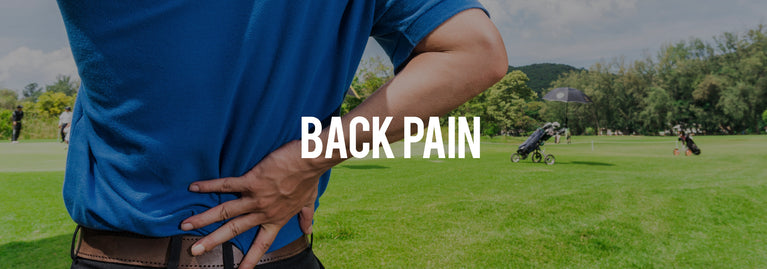Most Americans will experience back pain at some point in their lives. This could be the upper, middle, or lower back, and can affect one’s quality of life. Back pain is one of the leading causes of disability in our society. It can keep people out of work, affect one’s social life, and cause someone to have difficulty performing regular daily activities. What are some common diagnoses? What causes back pain? What are proper treatments for back pain? How do we avoid back pain?
In terms of causes of back pain, these can be multifaceted and there can be multiple reasons why a person may develop back pain. It is important to consult a healthcare professional to determine the origin and reason why you may be experiencing back pain. You may have been diagnosed with an issue with your back, but it is important to note that your diagnosis does not always correlate with what you feel. Meaning, many of us walk around all day with disc herniations and have no symptoms. Others of us have pain, but no actual dysfunction would be seen on an MRI or if they opened up your spine surgically.
Often, people spend too much time worrying about their “diagnosis” and they actually limit themselves due to this. No matter what your diagnosis, it is important to focus on what you can improve in order to decrease your symptoms. With that being said, some common diagnoses of back pain are: disc herniations, degenerative disc disease, arthritis, spinal stenosis, muscular imbalance or muscle strains, spinal nerve compression, sacroiliac joint dysfunction, as well as postural syndrome. In some cases, a person will need surgical intervention for their back pain. It is also worth noting that there are other reasons why a person may experience back pain, that need to be ruled out. There can be tumors or cancer that can cause this, which would be an indication for other care needed by a medical doctor as soon as possible.
A large percentage of back pain can be treated nonsurgically with rehabilitation through physical therapy. Each person is unique, so one needs to have a thorough evaluation to determine what is needed for their individual plan. The physical therapist will determine if there is stiffness in the joints of the vertebrae, tightness in the muscles, poor posture, weakness, or other issues that need to be addressed. Basically, is your issue based on a lack of mobility in the spine or body, or is it a problem related to lack of stability and motor control. Often, the stability is lacking and thus the core muscles are weak and need to be properly strengthened. What is the “core” anyways?
The core muscles consist of the abdominal muscles in the front of the trunk and the back muscles posteriorly. Specifically, the rectus abdominis, external obliques, internal obliques and transversus abdominis on the front side of the body. The back side of the body the core muscles are the spinal extensors muscles, multifidi muscles, and quadratus lumborum muscles. Some suggest that the gluteal muscles should also be considered part of the core muscles due to the stabilizing role that they play for the spine and trunk.
The abdominal muscles are very key in protecting the low back. The rectus abdominis is the most superficial muscle of the four, and runs from the pelvis to the sternum vertically. This muscle group acts to flex the trunk. This is the “six-pack muscle” that you may see someone with at the beach. When one performs abdominal “crunches” they are primarily engaging their rectus abdominis muscles.
The external obliques run diagonally along the abdomen and originate on ribs five through twelve and insert into iliac crest and pubic tubercle in the anterior portion of the abdomen. These would look like someone putting their hands into their pockets, in terms of the orientation and path they run. The external oblique muscles act to contralaterally rotate the torso. The internal obliques lie just below the external oblique muscles, and they run perpendicular to the external obliques. These muscles originate in the lower back, the iliac crest (upper part of hip bone) and run from these points up and towards midline to insert on the 10th through 12th ribs and the linea alba. Internal obliques help with breathing, as they help to reduce the volume of the chest cavity when one exhales. Also, these muscles cause the trunk to rotate and side-bend by pulling the rib cage and midline towards the hip and lower back, of the same side. It acts with the external oblique muscle of the opposite side to achieve this torsional movement of the trunk. For example, the right internal oblique and the left external oblique contract as the torso flexes and rotates to bring the left shoulder towards the right hip. For this reason, the internal obliques are referred to as “same side rotators.” An exercise that engages external and internal obliques is an “air bicycle” abdominal exercise.
Transversus abdominis (TVA) muscles are often the most forgotten or under-trained muscles in terms of the importance and the role they play in spinal stability and strength. This muscle is the deepest layer of the abdominal muscles, fourth layer down. It is basically located from the thoracolumbar fascia in the back to the middle and front of the abdomen and all the way from the diaphragm and lower six ribs to the pubic region.These are often referred to as the “internal corset” muscles due to their role for stabilizing the spine and it is seen that the TVA and other muscles reduces the vertical pressure on the intervertebral discs by as much as 40%. Meaning, when you properly engage these muscles it actually takes pressure off of your vertebral discs. These muscles are engaged when one performs a contraction in the low portion of the abdomen and pulls the belly button toward the spine inwardly or flattens the abdominal region. One way to think of this is as if you are “zipping up tight pants.”
The other muscles that are important to strengthen are located on the back of the trunk, and include the spinal extensor muscles and the segmental stabilizers called the multifidi muscles. A good exercise to engage these muscles are to perform “superman exercises” where you lift your trunk and legs into extension from a prone position. Also, a “bird dog” exercise where you are on hands and knees and extend opposite arm and leg is a good core exercise.
If your back pain is related to a mobility issue, then this needs to be addressed. If one does not have proper mobility or flexibility in the spine or the muscles that are in this region, then stretching, specific movement, and hands-on techniques can assist in this. Often, people do not have enough mobility in their mid back (thoracic spine) and thus too much mobility in the low back (lumbar spine) or the neck (cervical spine) to make up for this. This can lead to pain and poor movement patterns.
Improper posture is a key issue that can cause back pain, especially in our society. We are always on our computers or phones, performing tasks in front of our body. This can cause us to become rounded forward and bring our body out of proper posture and alignment. When one is not in proper alignment, then there is undue strain on the muscles, joints, discs and other structures in the back. This also leads to shortening of muscles and lack of flexibility, as well as weakness in the core and postural muscles. It is imperative that one moves frequently throughout the day, avoiding static postures, especially sitting too much. A physical therapist or healthcare professional can help you determine how to attain proper posture, and what to do to maintain this. Proper ergonomic set-up in your workplace is very important in achieving proper posture.
Physical therapy treatments related to strengthening, stretching, mobility, stability, proper posture and ergonomics are very important to reduce or eliminate back pain. Other treatments that are very important for reducing back pain are walking, acupuncture, yoga, and proper general health. Walking is very important in reducing back pain. There is a link between the effects of daily brisk walking and keeping a healthy and pain-free spine. Walking can also decrease your low back pain when you experience it. Acupuncture can also be helpful to reduce pain and improve function in someone with back pain. Yoga and stretching can aid in the person’s mobility, flexibility and movement. Proper health, including decreasing risk factors for diseases, proper digestion and intestinal health, and proper nutrition, are also notable for decreased back pain.
So how do we avoid back pain? The important factors here are to achieve and maintain proper spinal flexibility and mobility, proper strength and stability, move frequently and avoid static postures, maintain proper posture throughout the day, and achieve a high level of general health and proper nutrition for the body.
Consult a physical therapist at Fluid Health & Fitness today to be sure you are on the right track to avoid back pain. If you experience back pain, even more reason to ask for professional help as soon as possible. The sooner you get help, the sooner you will be pain-free and have a healthy spine.
To restore your spinal health with one of our Physical Therapists, call 1-844-358-4343, email us at admin@fluidhealthandfitness.com, or send us a message.


